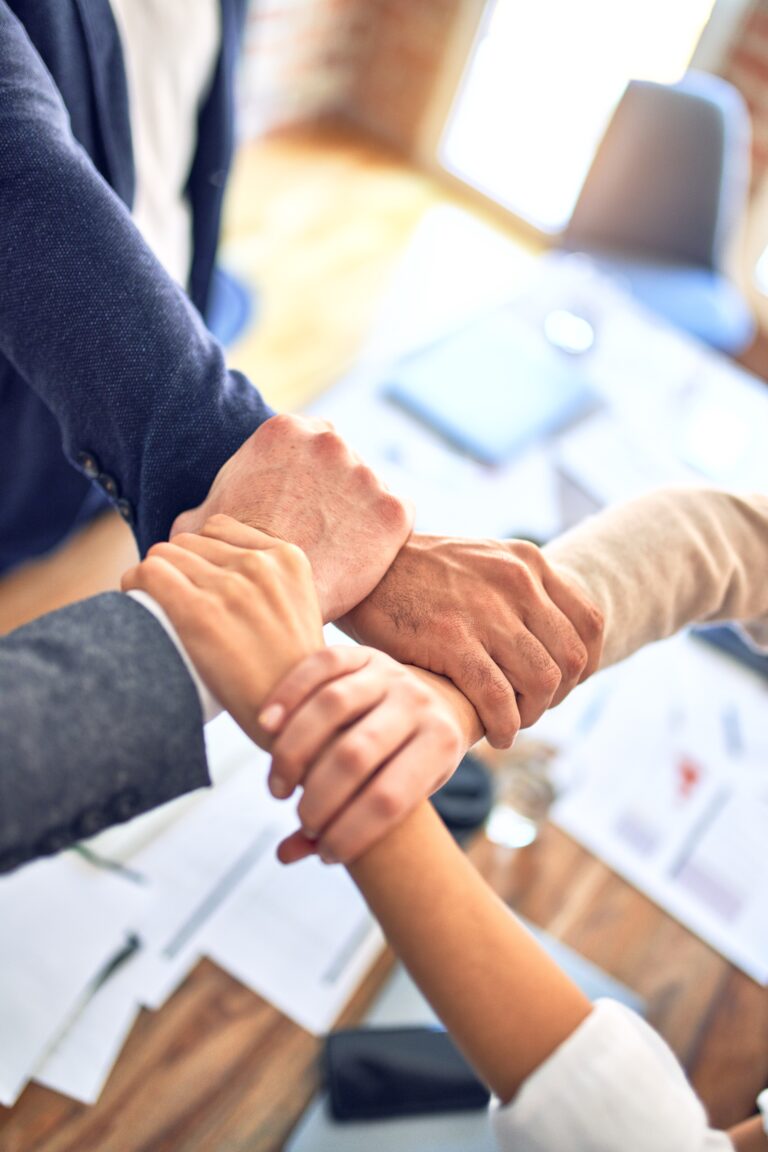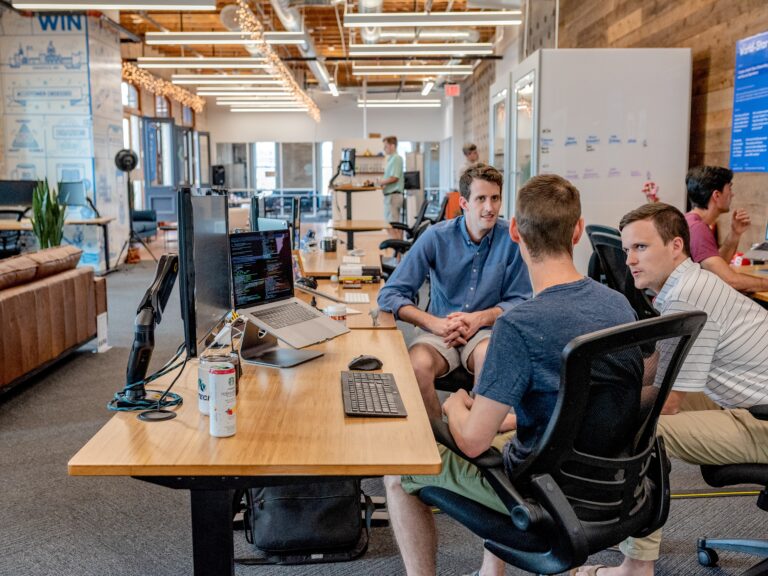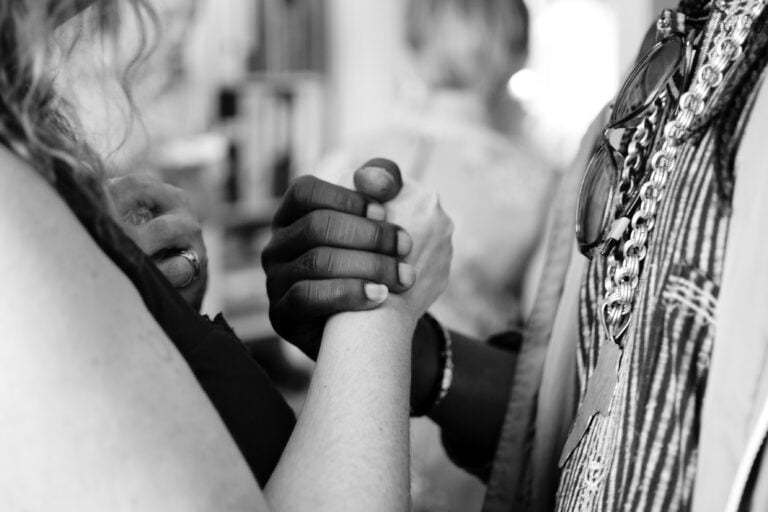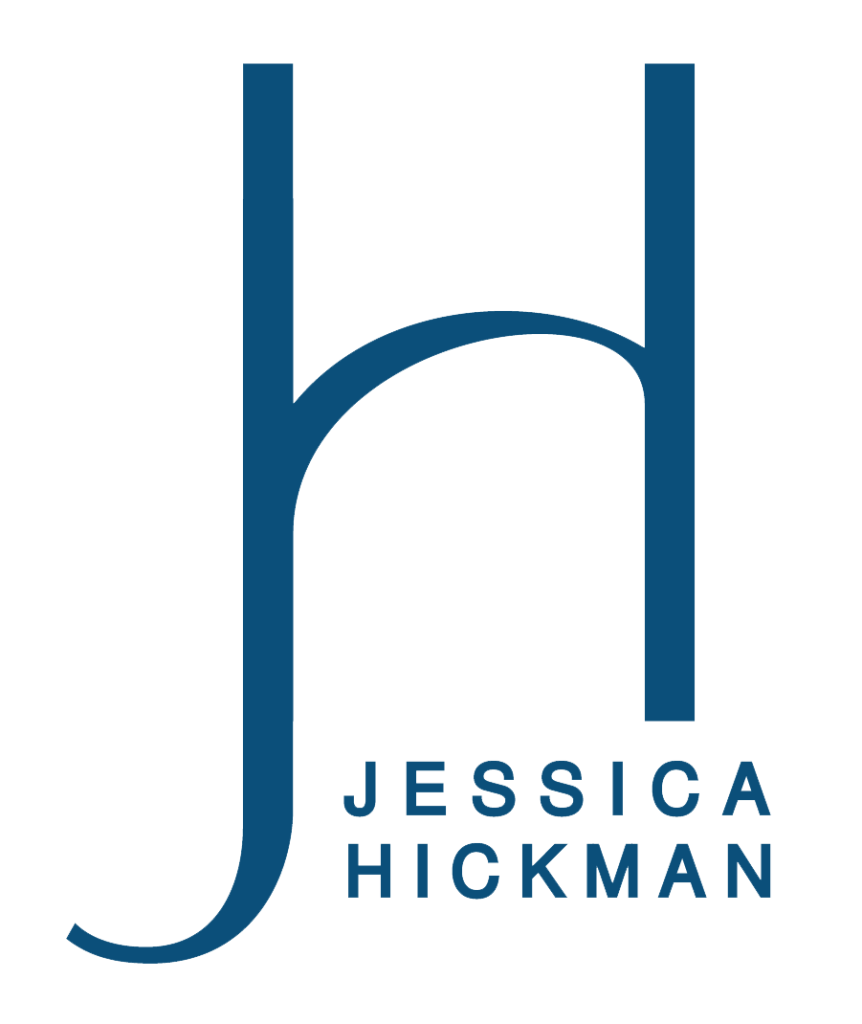Blog
The Upstander Movement: Why Now?

Bullying is a serious epidemic that has left so many millions across the globe traumatised. It is behaviour that is encountered as early on in life as childhood– in childcare centres, in kindergarten, in prep school, and so on.
But bullying isn’t behaviour that’s only confined to school yard. It isn’t only seen in deliberately tripping the new kid as they walk past with their lunch tray, and it often isn’t as blatantly obvious as a bunch of school thugs emptying out the victim’s bag to look for lunch money.
Bullying doesn’t just end in school.
As children grow and enter the workforce, they continue to encounter bullies who will use subtler but no less humiliating tactics to destroy their targets. Workplace bullying can look like constant targeted belittlement, escalating to threats and intimidation. It can lead the victim to experience stress, anxiety, panic attacks, disrupted sleeping patterns, high blood pressure, ulcers, and a plethora of other health problems. The victim is plagued with self-doubt, their productivity suffers, their passion for their job is replaced with the fear and disgust they associate with their workplace bully.
Sadly, this is an issue that is extremely prevalent in Australia, which has been ranked 6th in workplace bullying, when compared to 34 other European countries.
Workplace bullying isn’t just a personal problem, though; it isn’t something that only affects the bully and his victim. It also costs companies in terms of time, resources, revenue, and productivity. In fact, it has been estimated that workplace bullying costs the Australian economy between $6 billion to $36 billion dollars, every year.
While bullying statistics do showcase the extent of bullying, I’ve come to understand that there’s more to the whole bullying epidemic than just numbers and percentages; behind every statistic is a real person, and respect.
Behind every statistic is a story that needs rectifying, and it needs to be rectified now.
That’s why the Upstander Movement matters.
It aims at helping us all grow into the part of ourselves that will call out injustice and abuse, the part of ourselves that rejects passivity and embraces purpose-driven change making.
That’s why the Upstander Movement is the Now.
Who is an Upstander, and Why Should You Be One?
An upstander, as the word suggests, is someone who stands up for something, against something they feel is morally wrong. An upstander is someone whose impact makes a positive difference.
Upstanders are in all of the great heroes we read about and remember. From Nelson Mandela, to Malala Yousafzai, an upstander is someone with the steely determination to always do what they believe is right, regardless of any extraneous factors standing in their way.
In the context of workplace bullying, an upstander is someone who stands up for the target of the bullying. An upstander is someone who notices the situation, speaks up against it, and is gracious in doing so.
The Upstander Effect means everyone comes to work and goes home safe. It leaves everyone feeling like they can do their best work, like they’re supported, seen, heard, and valued in the Workplace. It is a workplace where, ultimately, everyone can thrive.
It is all the more important to be an upstander now– when everyone is still silently battling the after-effects of a pandemic that has caused increased levels of isolation, loneliness, anxiety, suffering, and depression. It is all the more important to be the Upstander who can be the catalyst for collective support in the workplace, to eliminate bullying, discrimination, injustice and racism.
The Bystander Effect
“The ultimate tragedy is not the oppression and cruelty by the bad people but the silence over that by the good people.” -Martin Luther King, Jr.
A bystander is essentially the opposite of an Upstander.
A Bystander is someone who will see an injustice happening, and look the other way. The Bystander Effect is when people will content themselves with just standing by and diffuse responsibility, because they “don’t want to get involved”.
As someone who experienced severe workplace bullying, I know the difference it might have made to me and my situation, had the business leaders chosen to be an Upstander and speak up against my perpetrator. Instead, they chose to be bystanders to my situation.
To be a passive bystander to bullying, is to be complicit in the bullying itself. This is why it is important to take action, to take initiative, to speak up.
As long as there is a single upstander, there will be a difference. As long as we have people who are willing to take that one step to make the difference, as long as we have people who are not afraid to “get involved”, workplace bullying can be fought.
Changing the world doesn’t have to be done in leaps and bounds, or from pedestals and podiums; sometimes, all it takes is speaking out against an unkind word to a colleague.

Why now?
As Charles Dickens wrote in the opening lines to what became one of his most celebrated works, “It was the best of times, it was the worst of times…”
Although Mr Dickens was describing the last quarter of the 18th century, this statement holds true still for the times we live now.
We live in times where injustice is widespread. There are a plethora of issues we hear about in the news on the daily, from racism, to discrimination, to murder, to harassment. But as much as we hear about all these unethical and illegal activities, biases, and incidents, we also hear—and experience—revolutions that are organised to counter them. From the Black Lives Matter movement to the MeToo movement, people everywhere are coming together to share their experiences and stories, and to push back against archaic stereotypes and biases.
With all the technology that is available at out fingertips, with all the connections that are only one click away, we are being challenged every day to learn something new in someone else’s perspective; we are in the middle of an ideas revolution.
We are living in a day and age when perpetrators are finding it harder to hide their injustices, when perpetrators are called out and people are willing to rally around the victim to help make a difference. We are living in a day and age when upstanders are more in the making than ever before.
So, the question is “If not now, then when?”
Because there has never been a better time than right now.

Please check out my most recent book ‘The Upstander Leader’
You will also love ‘The Upstand Academy”

